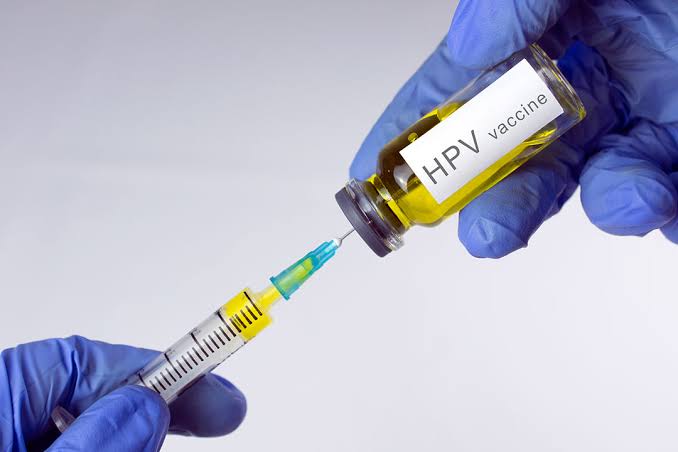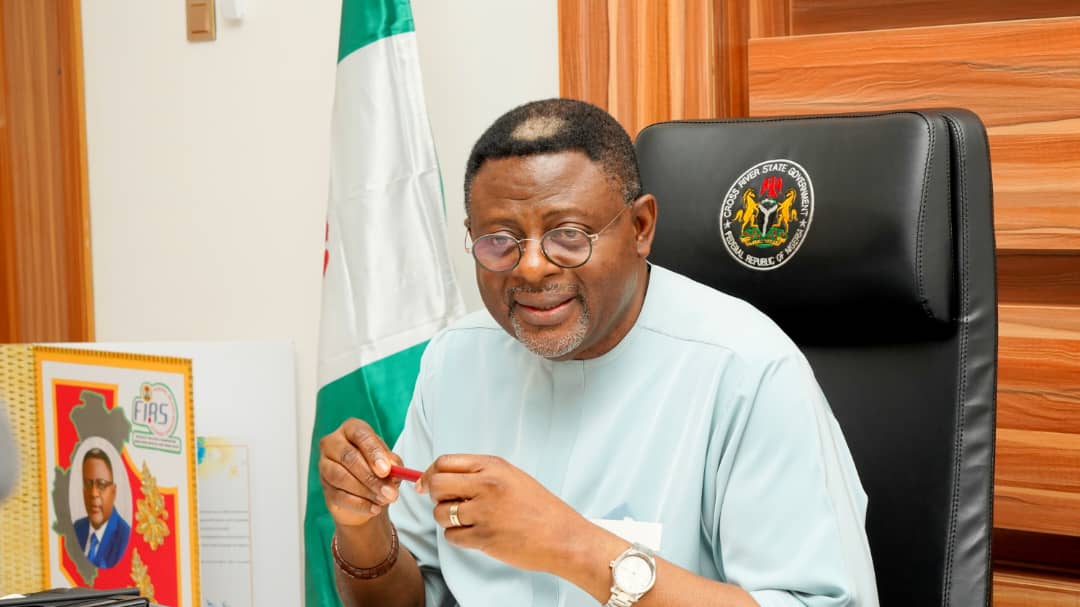By Joseph Odum
Cross Riverians will soon heave a sigh of relief as a new vaccine capable of preventing cervical cancer is set to be introduced in the state.
Known as the human papillomavirus (HPV) vaccine is to be used mainly for immunisation of young girls between 9 to 14 years of age who have no carnal knowledge of sex.
The Assistant Public Health Officer of the World Health Organisation, WHO, Winifred Aigbojie, gave the hint when she paid a visit to the management of the Cross River State Universal Basic Education Board, SUBEB in Calabar.
Aigbojie said the vaccine has been in Nigeria for some time now and tested in about 16 States of the federation in the first phase of the immunisation exercise, stressing that Cross River State has been placed for the second phase of the immunisation of the vaccine scheduled to hold in May 2024.
She appealed to SUBEB to collaborate as a stakeholder to ensure a successful immunisation-free exercise in the state.
READ ALSO | Governor Otu appoints 25 Community Relations Officers
Responding, the Acting Executive Chairman of SUBEB, Mr Etta Inyang Eyo commended the initiative of the WHO for the concern in tackling health issues that hitherto bedevilled the well-being of humans and called for greater motivation from stakeholders in the health sector to free the society from the danger posed by such viruses through immunisation.
Etta said, “Health is wealth,” stressing the need for commitment on the part of the Board to cooperate with the Cross River State Primary Health Care Development Agency in carrying out a hitch-free immunisation exercise in SUBEB schools.
Earlier, the State Social Mobilisation Officer of the Primary HealthCare Development Agency, Mrs Nsa Ekpenyong said the human papillomavirus vaccine is injectable which aims to protect the Girl Child from cervical cancer, hence the need for advocacy to sensitise stakeholders who will in turn create awareness to the public.
The advocacy visit led by the WHO Assistant Public Health Officer was accompanied by critical healthcare stakeholders in the state.




